FAQs
R.T. Davies Inc. Tree Experts
Have a tree related question? We have the answer. Check out these FAQs and give us a call today for more information!
-
What types of tree services do you offer?
We offer a wide range of tree services, including tree removal, pruning, trimming, stump grinding, tree planting, disease and pest control, and emergency tree care.
-
Are you licensed and insured?
Yes, we are fully licensed and insured to perform tree services in New Jersey. Our team is trained to handle all jobs safely and professionally.
-
How much will tree services cost?
The cost of our services varies based on factors such as the size and type of the tree, the complexity of the job, and location. We offer free estimates, and we'll provide a quote after evaluating your specific needs.
-
What is the best time of year to prune or remove trees?
The best time for tree pruning is typically late winter or early spring before new growth begins. Tree removal can be done year-round, but we may recommend winter or early spring for some species to minimize impact on the surrounding landscape.
-
Will you remove the stump after tree removal?
Yes, we offer stump grinding and removal services to ensure the area is clear after the tree is taken down.
-
Can you treat a diseased tree?
Yes, we offer treatments for certain tree diseases and pest infestations. We’ll assess the tree’s condition and recommend the most effective treatment plan.
-
Do you provide emergency tree services?
Yes, we offer 24/7 emergency tree services for situations like fallen trees, storm damage, or hazardous tree conditions. Call us immediately if you need urgent assistance.
-
Are your tree removal methods safe for my property?
Yes, we take extra care to protect your property during tree removal. Our team uses modern equipment and techniques to ensure minimal damage to the surrounding area.
-
What is the difference between pruning and trimming?
Pruning is the removal of dead, damaged, or diseased branches to improve the health and appearance of a tree. Trimming is more about shaping the tree or controlling its size, often for aesthetic or safety purposes.
-
How can I tell if my tree is unhealthy?
Signs of an unhealthy tree include yellowing or wilting leaves, dead branches, cracks in the bark, and a leaning or unstable trunk. If you suspect your tree is unhealthy, we recommend an inspection by one of our certified arborists.
Serving
Monmouth
Ocean
Contact Us
Main Phone: (732) 899-0328
Local Phone: (732) 899-0328
Manasquan: (732) 528-5885
Farmingdale: (732) 938-5677
Toms River: (732) 240-4555
Business Hours
- Mon - Sat
- -
- Sunday
- Closed
Storm Emergency Services
NJTC License #772633
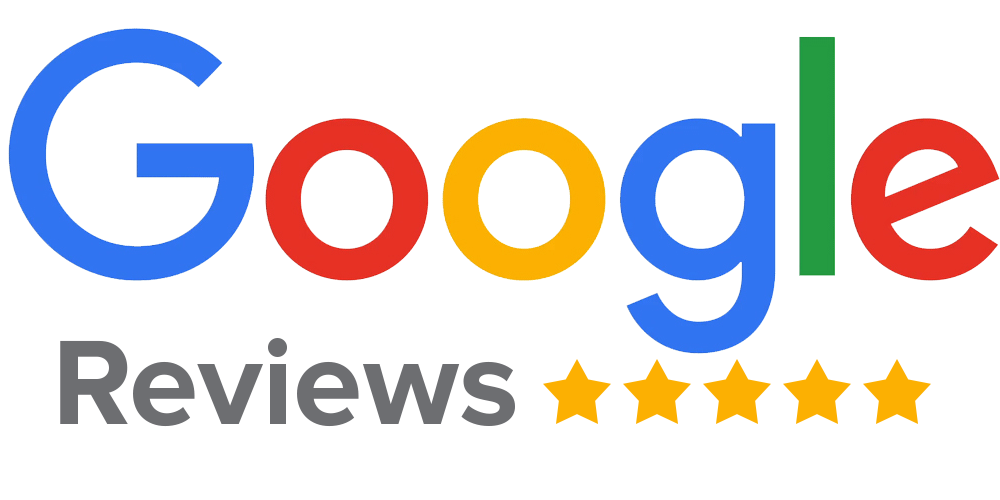

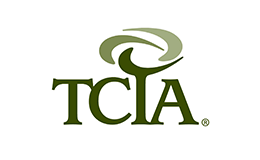

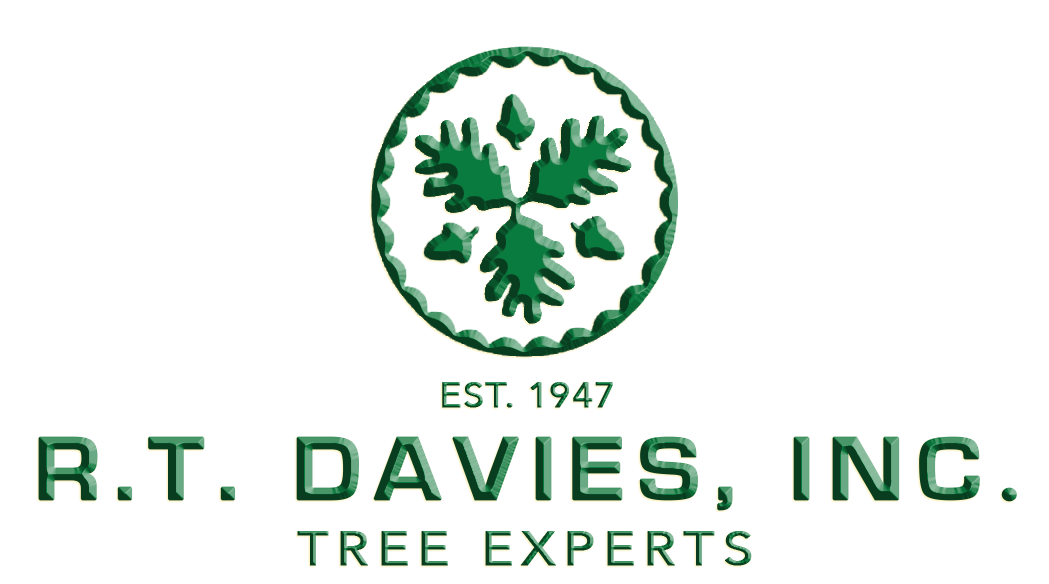
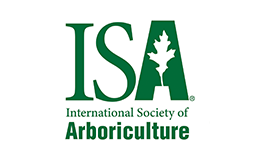
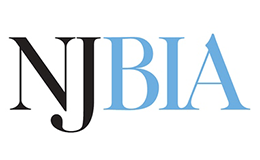

Share On: